Here's an overview:
- Introduction to NSDR: The Science of Relaxation
- Unveiling NSDR: Origins and Development
- Dr. Andrew Huberman's Involvement in NSDR Research
- Understanding the Mechanism: How NSDR Induces Relaxation
- The 20-Minute Protocol: A Step-by-Step Guide
- Evidence-Based Benefits of NSDR for Mental Health
- Incorporating NSDR into Your Daily Routine for Optimal Relaxation
- Conclusion: Embracing NSDR for a Balanced Lifestyle
Introduction to NSDR: The Science of Relaxation
Non-Sleep Deep Rest (NSDR) practices are a collection of scientifically supported protocols designed to cultivate a state of profound relaxation without entering sleep. The essence of NSDR lies in its ability to activate the body's restorative systems, effectively bridging the gap between wakefulness and sleep. Rooted in neuroscience, NSDR encompasses techniques that down-regulate the sympathetic nervous system—the body's "fight or flight" response—while up-regulating the parasympathetic system, which governs rest and digestion.
Various methods, including guided breathwork, progressive muscle relaxation, and yoga nidra, fall under the NSDR umbrella. They each share the common goal of leading the practitioner into a deeply relaxed state that promotes stress release, improves cognitive function, and enhances overall well-being. As developed by Dr. Andrew Huberman and his contemporaries, NSDR represents a confluence of tradition and modern scientific understanding, offering a practical way to harness the intrinsic healing power of our own physiology.
Unveiling NSDR: Origins and Development
The concept of non-sleep deep rest (NSDR) is attributed to Dr. Andrew Huberman, a renowned neuroscientist at Stanford University. NSDR encapsulates a set of practices aimed at guiding the nervous system into a state of profound relaxation, distinct from sleep. Huberman's development of NSDR protocols stems from extensive research on brain function, neuroplasticity, and recovery methods. He identifies evidence-based relaxation techniques, such as yoga nidra and systematic meditation, serving as foundations for NSDR. By combining scientific insights and traditional relaxation modalities, Huberman's NSDR protocols promise effective downtime for the brain, facilitating learning, memory consolidation, and stress reduction.
Dr. Andrew Huberman's Involvement in NSDR Research
Dr. Andrew Huberman, a Stanford University neuroscientist, has dedicated a significant portion of his career to studying the brain's plasticity and mechanisms of stress and relaxation. Specializing in neurobiology, he explores how the brain processes and reacts to the external world.
Through meticulous research, Dr. Huberman identifies non-sleep deep rest (NSDR) protocols as effective tools for relaxation and neural recovery. He delves into the neuroscientific underpinnings of NSDR, offering insights on how specific techniques can help down-regulate the stress response and improve cognitive function and emotional health.
Dr. Huberman's involvement has popularized NSDR, showcasing its potential in enhancing overall wellness. His contributions include:
- Pioneering Research: Conducting experiments to validate the efficacy of NSDR practices.
- Public Dissemination: Educating the public on the benefits of NSDR through lectures, podcasts, and interviews.
- Training Protocols: Developing practical NSDR strategies for individuals seeking methods to cope with stress and improve neurological health.
His work emphasizes NSDR's simplicity and accessibility, encouraging its integration into daily routines for peak relaxation.
Understanding the Mechanism: How NSDR Induces Relaxation
Non-Sleep Deep Rest (NSDR) is a therapeutic protocol that leverages the brain's natural relaxation processes. When a person engages in NSDR through techniques like guided meditation or Yoga Nidra, the protocol targets the autonomic nervous system, shifting it from a state of alertness to relaxation. Here's how it operates:
-
Activation of the Parasympathetic Nervous System: NSDR stimulates the parasympathetic branch, promoting calmness and reducing stress hormone levels.
-
Stabilization of Neural Oscillations: It induces slower brainwave patterns such as theta waves, associated with deep relaxation and meditative states.
-
Diminution of Cortical Activity: By minimizing the activity in the brain's thinking areas, NSDR allows a quieting of the mind, akin to the effects of deep meditation.
-
Enhancement of Neuroplasticity: The relaxed state fosters an environment conducive to neuroplastic changes, allowing the brain to "reset" stress patterns.
Understanding the underlying biological processes that NSDR triggers can provide individuals with a deeper appreciation for the profound relaxation effects they experience.
The 20-Minute Protocol: A Step-by-Step Guide
To engage in the 20-Minute Protocol designed by Dr. Andrew Huberman for peak relaxation, follow these steps:
- Find a Comfortable Position: Sit or lie down in a quiet space where you will not be disturbed.
- Set the Ambiance: Dim the lights or use an eye mask to minimize visual distractions.
- Focused Breathing: Begin with deep, diaphragmatic breaths—inhale for a count of four, hold for a count of four, exhale for a count of four.
- Visualization: Picture a serene environment or imagine positive, tranquil scenes.
- Progressive Muscle Relaxation: Systematically tense and relax each muscle group, starting from your toes and moving up to your head.
- Mindful Observation: Acknowledge drifting thoughts without attachment and gently bring your focus back to your breathing or visualization.
- Ending the Session: Gradually bring awareness back to your surroundings. Open your eyes, stretch gently, and take a moment before resuming regular activity.
This protocol aims to reduce stress and enhance relaxation, integrating techniques from mindfulness and breathwork teachings.
Evidence-Based Benefits of NSDR for Mental Health
Non-Sleep Deep Rest (NSDR) protocols have been linked to a spectrum of mental health benefits, validated by scientific inquiries:
- Reduction in Stress: NSDR practices, such as yoga nidra, have been shown to lower cortisol levels, indicating a direct effect on stress reduction.
- Improved Emotional Regulation: Regular engagement with NSDR can enhance an individual’s ability to manage emotions, leading to better coping strategies and resilience.
- Enhancement of Focus and Cognition: Studies suggest that NSDR may improve cognitive functions, including memory retention and focus, by fostering a restful brain state conducive to neuroplasticity.
- Alleviation of Anxiety and Depression: NSDR has potential therapeutic effects for those suffering from anxiety and depression, offering a complementary approach to traditional treatments.
- Better Sleep Quality: By promoting relaxation and downregulation of the nervous system, NSDR can lead to improved sleep patterns and higher sleep quality.
The incorporation of NSDR into daily routines may offer a valuable tool for enhancing overall mental well-being.
Incorporating NSDR into Your Daily Routine for Optimal Relaxation
Incorporating Non-Sleep Deep Rest (NSDR) into one's daily routine can maximize relaxation benefits:
- Choose a Consistent Time: As with any habit, consistency enhances efficacy. Select a time when interruptions are least likely.
- Create a Relaxing Environment: Dim lighting, a comfortable position, and a quiet space can facilitate deeper relaxation.
- Set a Timer: Aim for 10-20 minutes to allow your brain to enter a restorative state without falling asleep.
- Use Guided Protocols: Dr. Andrew Huberman and others offer guided NSDR sessions, which can be particularly beneficial for beginners.
- Combine With Breathwork: Deep, slow breathing can enhance the NSDR experience by signaling to your body that it’s time to relax.
- Incorporate Into Your Bedtime Routine: Adding NSDR before sleep can improve sleep quality and the ease of transitioning to sleep.
Embracing NSDR can lead to a more relaxed mind and rejuvenated body.
Conclusion: Embracing NSDR for a Balanced Lifestyle
Incorporating Non-Sleep Deep Rest (NSDR) into daily life, as expounded by Dr. Andrew Huberman, emerges as a transformative practice. The integration of this 20-minute relaxation protocol can profoundly enhance mental clarity, reduce stress, and promote recovery. Individuals seeking equilibrium between work and personal well-being may find NSDR a valuable ally. By embracing the principles of NSDR, one can cultivate a more harmonious and resilient existence, optimizing both productivity and tranquil repose within a balanced lifestyle.






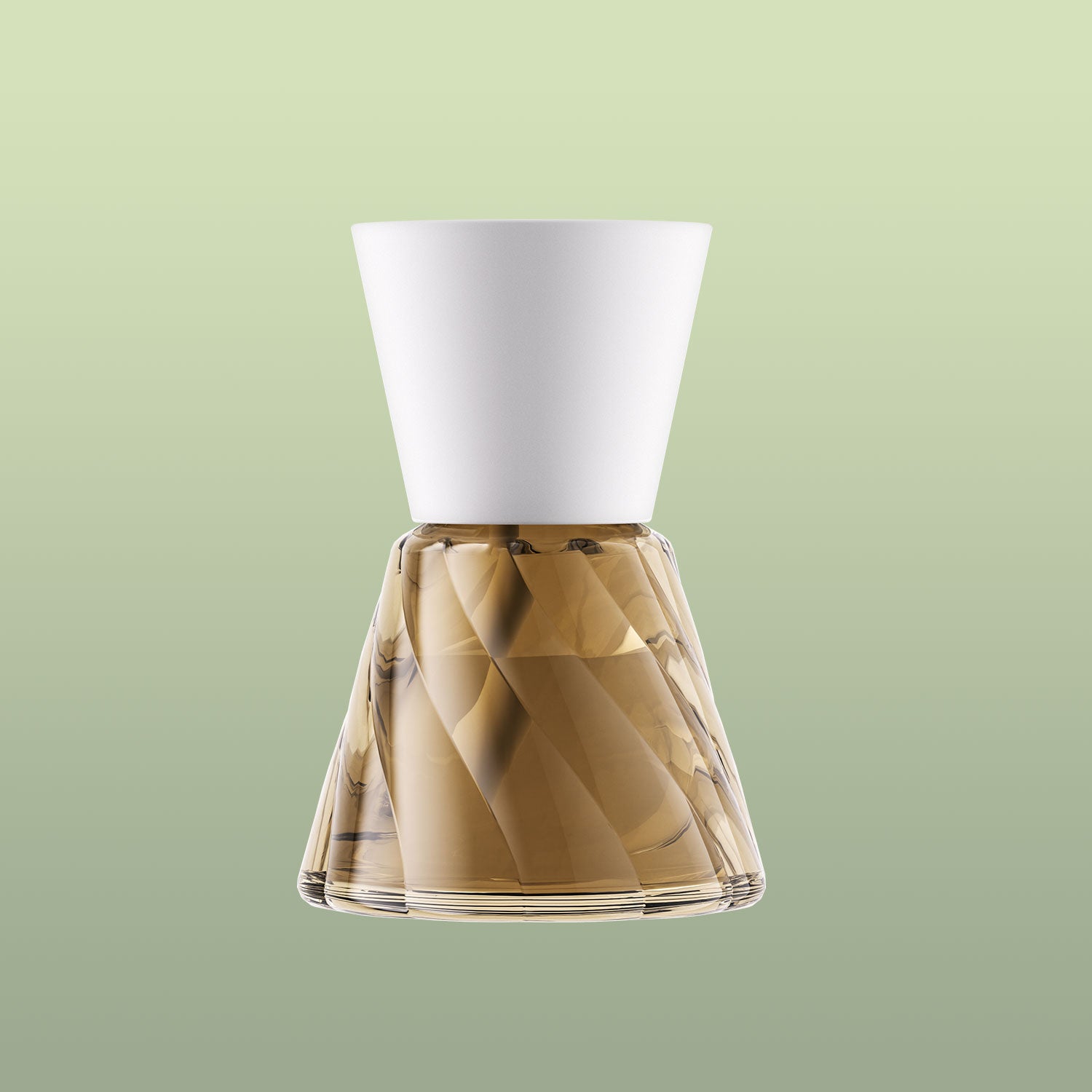


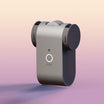
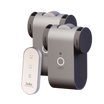

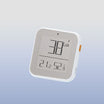


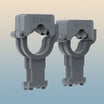




![I Tried Andrew Huberman's Morning Routine - [30 Days + Blood Tests]](http://www.oter-group.com/cdn/shop/articles/sddefault_c579a1aa-71b2-4be2-bd86-50828ace3c1f.webp?v=1716434244&width=640)
Leave a comment
All comments are moderated before being published.
This site is protected by hCaptcha and the hCaptcha Privacy Policy and Terms of Service apply.